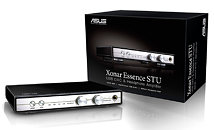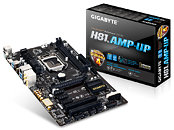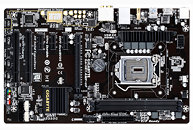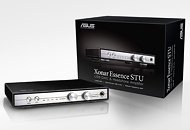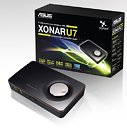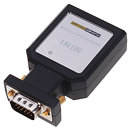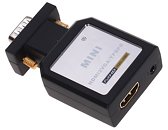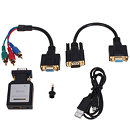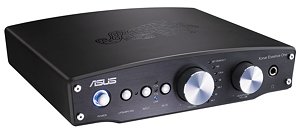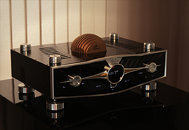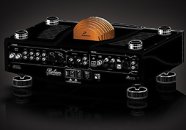
ASUS Xonar Essence STU USB DAC and Headphone Amplifier Launched
ASUS today announced the Xonar Essence STU USB external digital-to-analog converter (DAC) and headphone amplifier, based on the acclaimed design and quality of Xonar Essence ST/STX internal sound cards and going beyond their already high standards. Offering audiophile-grade performance, Xonar Essence STU delivers USB connectivity and accessible external controls.
It offers clear sound with a 120dB signal to noise ratio (SNR), strong 600ohm headphone amplifier, asynchronous USB audio and swappable Op-Amps for DIY sound modification. Precision clock tuning technology further enhances audio fidelity, making Xonar Essence STU a great choice for discerning music lovers who need a quality DAC and headphone amplifier to drive the full capabilities of high-end headphones.
It offers clear sound with a 120dB signal to noise ratio (SNR), strong 600ohm headphone amplifier, asynchronous USB audio and swappable Op-Amps for DIY sound modification. Precision clock tuning technology further enhances audio fidelity, making Xonar Essence STU a great choice for discerning music lovers who need a quality DAC and headphone amplifier to drive the full capabilities of high-end headphones.

